Ke Peng
A Wideband MIMO Channel Model for Aerial Intelligent Reflecting Surface-Assisted Wireless Communications
Sep 05, 2023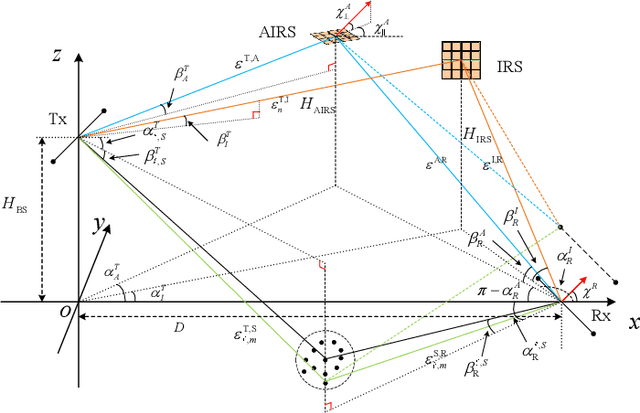
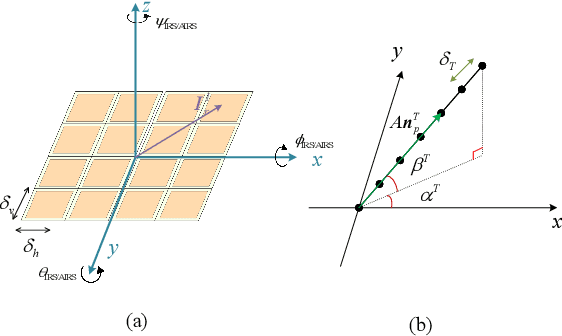
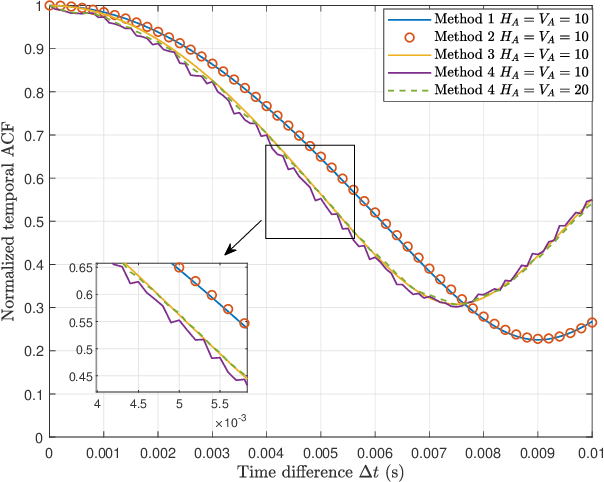
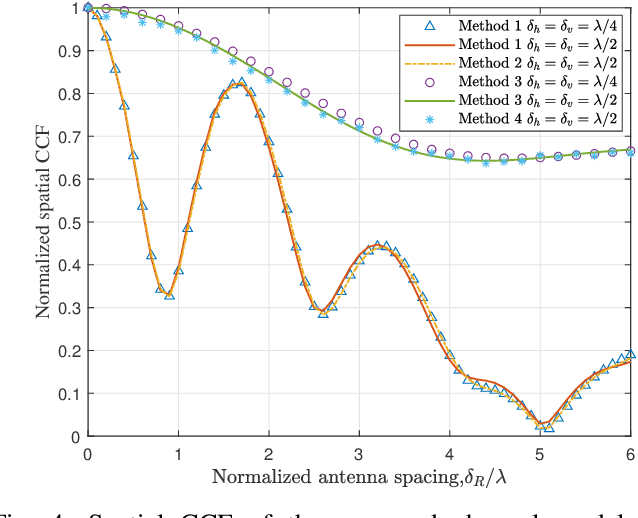
Abstract:Compared to traditional intelligent reflecting surfaces(IRS), aerial IRS (AIRS) has unique advantages, such as more flexible deployment and wider service coverage. However, modeling AIRS in the channel presents new challenges due to their mobility. In this paper, a three-dimensional (3D) wideband channel model for AIRS and IRS joint-assisted multiple-input multiple-output (MIMO) communication system is proposed, where considering the rotational degrees of freedom in three directions and the motion angles of AIRS in space. Based on the proposed model, the channel impulse response (CIR), correlation function, and channel capacity are derived, and several feasible joint phase shifts schemes for AIRS and IRS units are proposed. Simulation results show that the proposed model can capture the channel characteristics accurately, and the proposed phase shifts methods can effectively improve the channel statistical characteristics and increase the system capacity. Additionally, we observe that in certain scenarios, the paths involving the IRS and the line-of-sight (LoS) paths exhibit similar characteristics. These findings provide valuable insights for the future development of intelligent communication systems.
Pain Detection with fNIRS-Measured Brain Signals: A Personalized Machine Learning Approach Using the Wavelet Transform and Bayesian Hierarchical Modeling with Dirichlet Process Priors
Jul 30, 2019



Abstract:Currently self-report pain ratings are the gold standard in clinical pain assessment. However, the development of objective automatic measures of pain could substantially aid pain diagnosis and therapy. Recent neuroimaging studies have shown the potential of functional near-infrared spectroscopy (fNIRS) for pain detection. This is a brain-imaging technique that provides non-invasive, long-term measurements of cortical hemoglobin concentration changes. In this study, we focused on fNIRS signals acquired exclusively from the prefrontal cortex, which can be accessed unobtrusively, and derived an algorithm for the detection of the presence of pain using Bayesian hierarchical modelling with wavelet features. This approach allows personalization of the inference process by accounting for inter-participant variability in pain responses. Our work highlights the importance of adopting a personalized approach and supports the use of fNIRS for pain assessment.
Multi-task multiple kernel machines for personalized pain recognition from functional near-infrared spectroscopy brain signals
Aug 21, 2018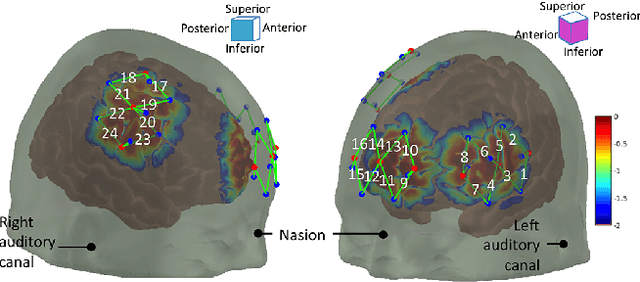
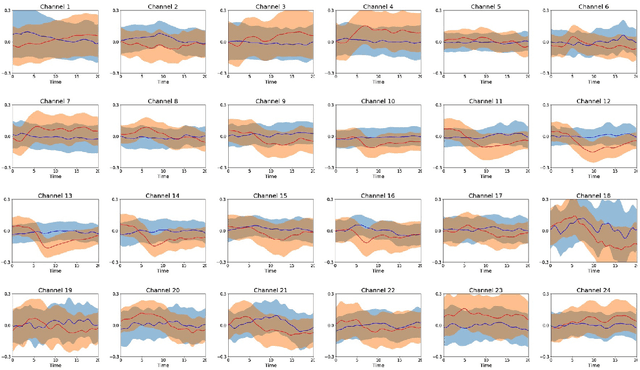
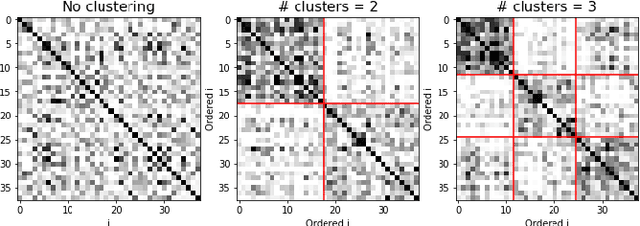
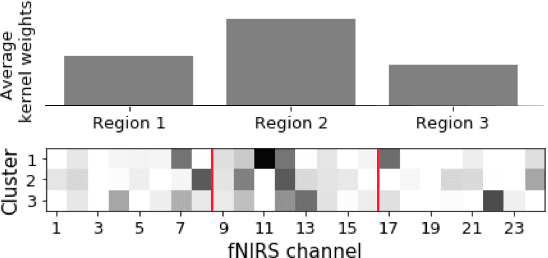
Abstract:Currently there is no validated objective measure of pain. Recent neuroimaging studies have explored the feasibility of using functional near-infrared spectroscopy (fNIRS) to measure alterations in brain function in evoked and ongoing pain. In this study, we applied multi-task machine learning methods to derive a practical algorithm for pain detection derived from fNIRS signals in healthy volunteers exposed to a painful stimulus. Especially, we employed multi-task multiple kernel learning to account for the inter-subject variability in pain response. Our results support the use of fNIRS and machine learning techniques in developing objective pain detection, and also highlight the importance of adopting personalized analysis in the process.
 Add to Chrome
Add to Chrome Add to Firefox
Add to Firefox Add to Edge
Add to Edge